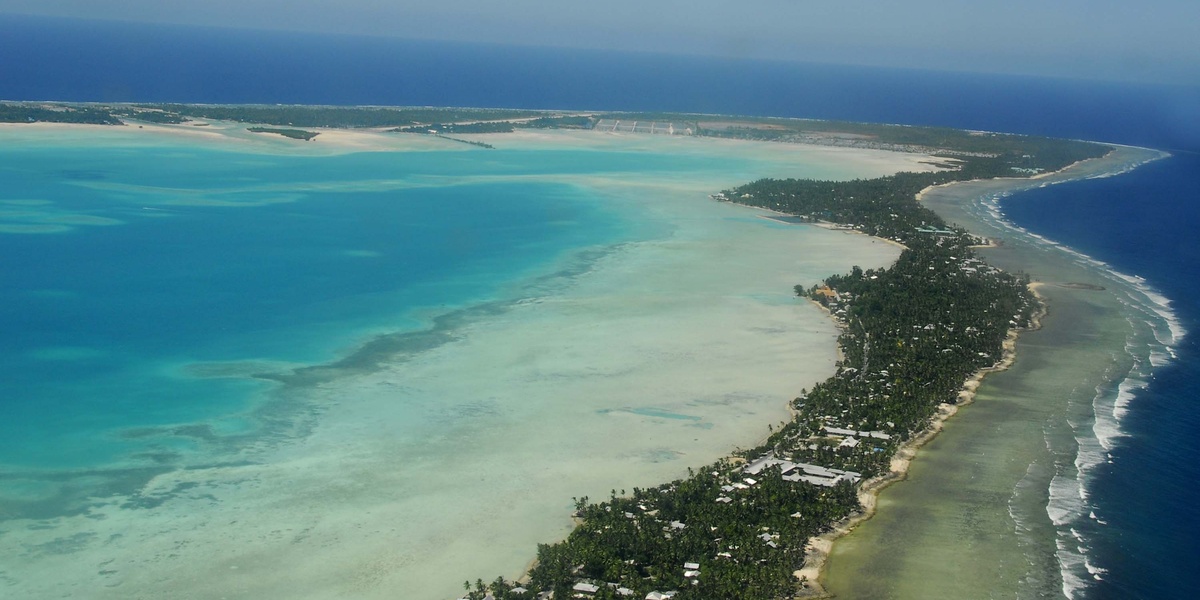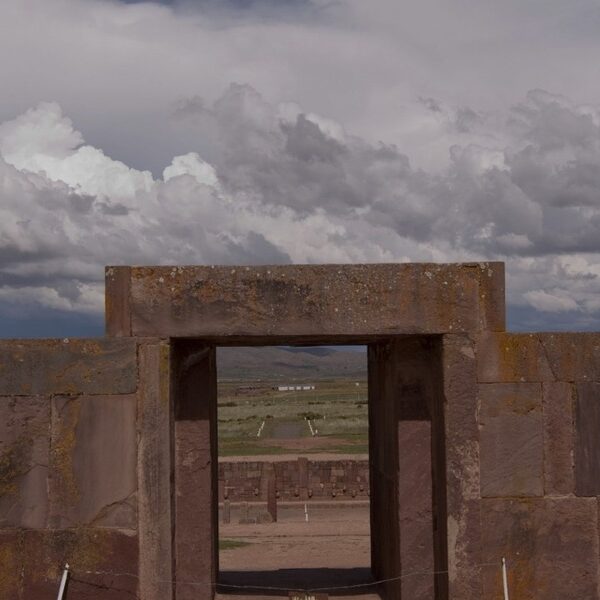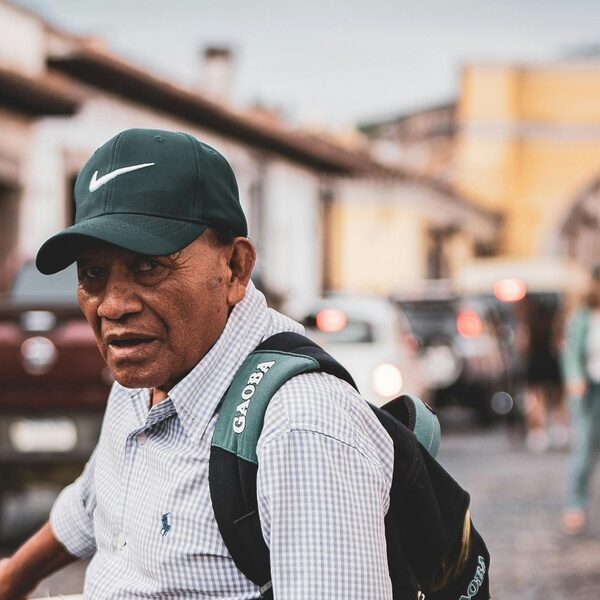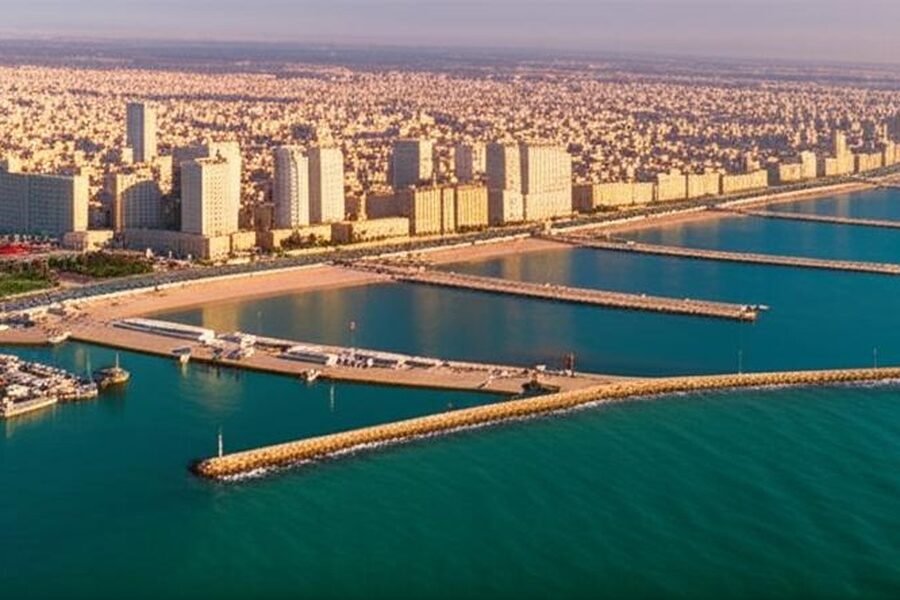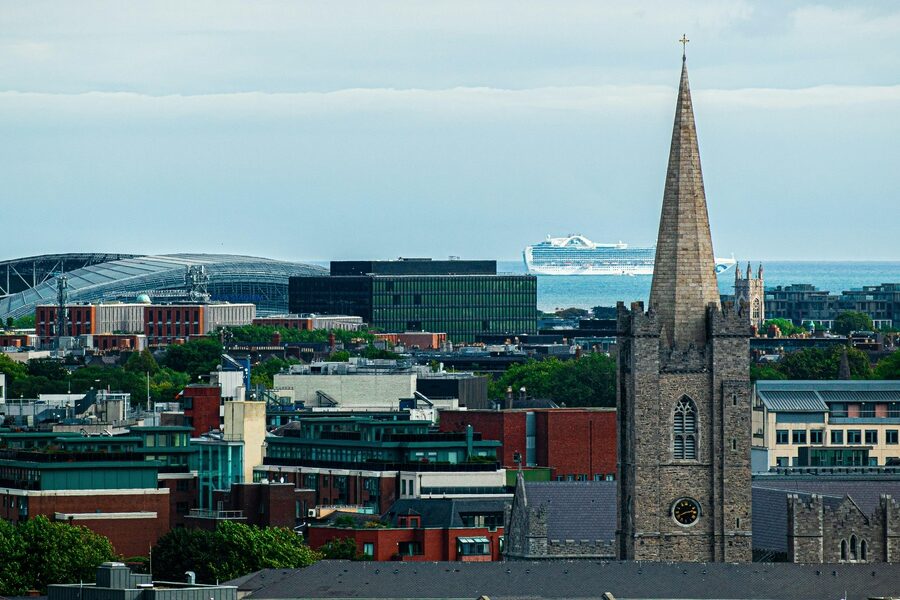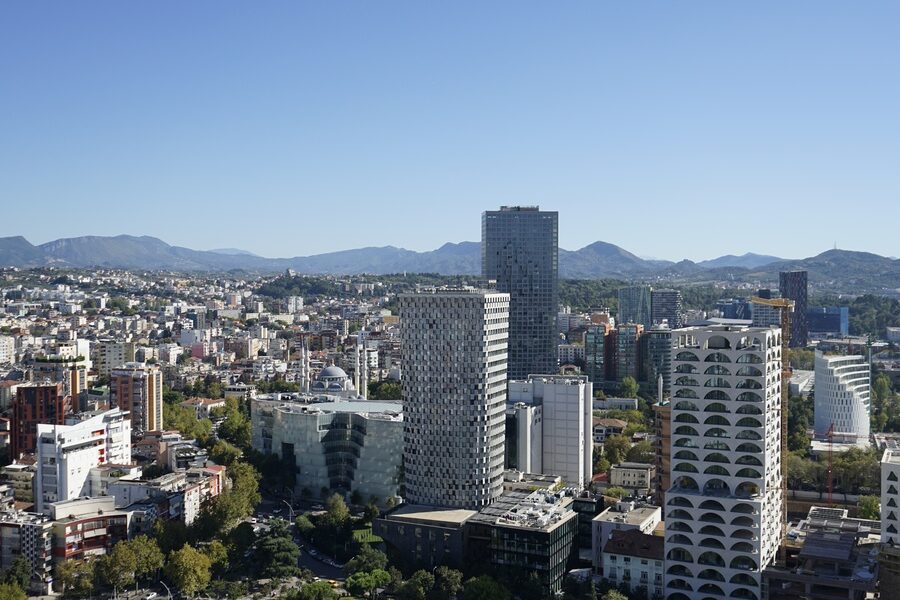Kiribati’s islands sit low in the central Pacific, where small communities and remoteness shape daily life and safety concerns. Whether you’re researching where to live or planning a trip, it’s useful to consider how geography, services and local conditions affect risk in each settlement.
There are 2 Safest Cities in Kiribati, ranging from Kiritimati to South Tarawa (Kiritimati,South Tarawa). For each city you’ll find below Country,Population (people),Main safety risks (max 15 words), presented so you can quickly compare practical factors — you’ll find the details below.
How were these cities identified as the safest?
Safety assessments combine low reported crime, access to basic services, population size, emergency response capacity and local reports; official data in Kiribati can be limited, so comparisons focus on practical indicators rather than broad rankings.
What should visitors know when going to Kiritimati or South Tarawa?
Expect limited healthcare and infrastructure, reliance on boats or small planes between islands, variable road conditions, and strong community norms — bring essentials, check transport schedules, and follow local guidance for sea and weather safety.
Safest Cities in Kiribati
| City | Country | Population (people) | Main safety risks (max 15 words) |
|---|---|---|---|
| South Tarawa | Kiribati | 63,439 | Flooding, sea-level rise, overcrowding, waterborne disease, limited specialist care |
| Kiritimati | Kiribati | 6,500 | Cyclones and storm surge, limited specialist healthcare, isolation, transport delays |
Images and Descriptions
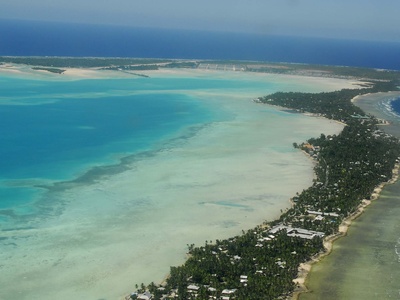
South Tarawa
South Tarawa is the capital and largest urban area, offering the country’s main hospital, police, and better emergency services compared with outer islands. Crowding and coastal flooding are primary concerns, but its concentrations of services make it generally safer for travelers and residents.
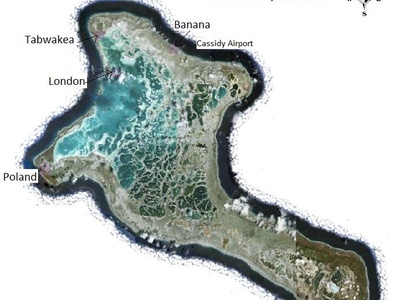
Kiritimati
Kiritimati (Christmas Island) is Kiribati’s largest outer-island settlement with a functioning clinic, police presence, and air links to Tarawa. Lower petty crime and reliable local services make it comparatively safe, though cyclones and medical evacuation delays remain the main risks.

